We'll all be shooting full frame in five years...
In 2007, I would have agreed. Now, not so much. There has been great progress in sensor design since then. I shoot my X100 and X-Pro1 at ISO6400 without hesitation, and the images are if anything, slightly better than my full-frame Nikon D700. My printer has worn out, and I am debating whether to stay at 13" or go for a 17" printer. Only if I had the room for a 44" printer and was making money with my prints, would a full-frame D800 show a bit of advantage at maximum size. A 24" printer would handle both the Fuji and D800 prints equally well. Clearly, screen viewing—whether directly or via the web—now is far more frequent than prints. With film, it was either projection or a print and prints were ubiquitous.
My D700 body alone weighs 995g without a lens. My XP1 with all three lenses is only 967g. Being full-frame, the Nikon lenses too are much heavier for the same angular coverage. However, the real penalty comes with the nature of the camera. It is big and obvious—pull it out of the bag and everyone is aware that photography is about to take place. Trip the shutter and it is heard for miles. The little Fuji cameras are as close to invisible as any cameras I have ever used. The X100 is silent and the X-Pro1 is whisper quiet. Last night I was a guest at a friend's mothers day feast. I shot hundreds of shots without a single image being posed, or any awareness of the camera to be seen—life as it is lived.
As films improved, medium-format took the place in the mainstream over the large-format cameras. Later, 35mm dominated. Progress is much faster with digital. It only took from 2007 to 2010 for the APS-C in my X100 to equal the sensor in my D700. With film, you can clearly see the advantage of medium-format or large format over 35mm, since both are analogue. The advantage of the medium-format sensor is a whole lot less and both full-frame and APS-C is gaining on it. We are fortunate here in Alberta to have a surfeit of excellent camera stores. The Camera Store in Calgary is one of the best for both price and customer service, with top quality staff. They did a shoot-out between a Hasselblad and a D800. While the Hasselflex did have the edge, it was remarkably narrow. So too is the APS-C sensor quickly gaining on full frame.
D800 vs Medium Format with Roth and Ramberg - YouTube
Digital photography is the definition of a "disruptive technology". Companies with a century of history were wiped out in a breathtakingly short while. The revolution happened almost overnight, and no one was ready. For the first decade, companies worked at understanding how to build and market the equipment. It was fascinating to see it go from its primitive beginnings, through a very rocky adolescence up to the first camera that actually felt mature—finished, rather than a work in progress. On paper, the D300 did not look much more advanced than the D200, but in the field, the D300 just did everything better. It was the first camera I owned that felt mature.
Once digital camera manufacture was aced, attention has been on refinement, and the sensor has got the bulk of attention. ISO6400 is the ISO400 of a decade back. With the APS-C D200, ISO1600 was barely usable, and I bought the D700 purely to open up the night. We are still very early in the history of digital cameras, and I fully expect to see even greater strides in sensor development. In five years, even the APS-C sensor may seem a bit past its time, with even smaller sensors equalling or eclipsing it. Five years is a long time in digital terms.
